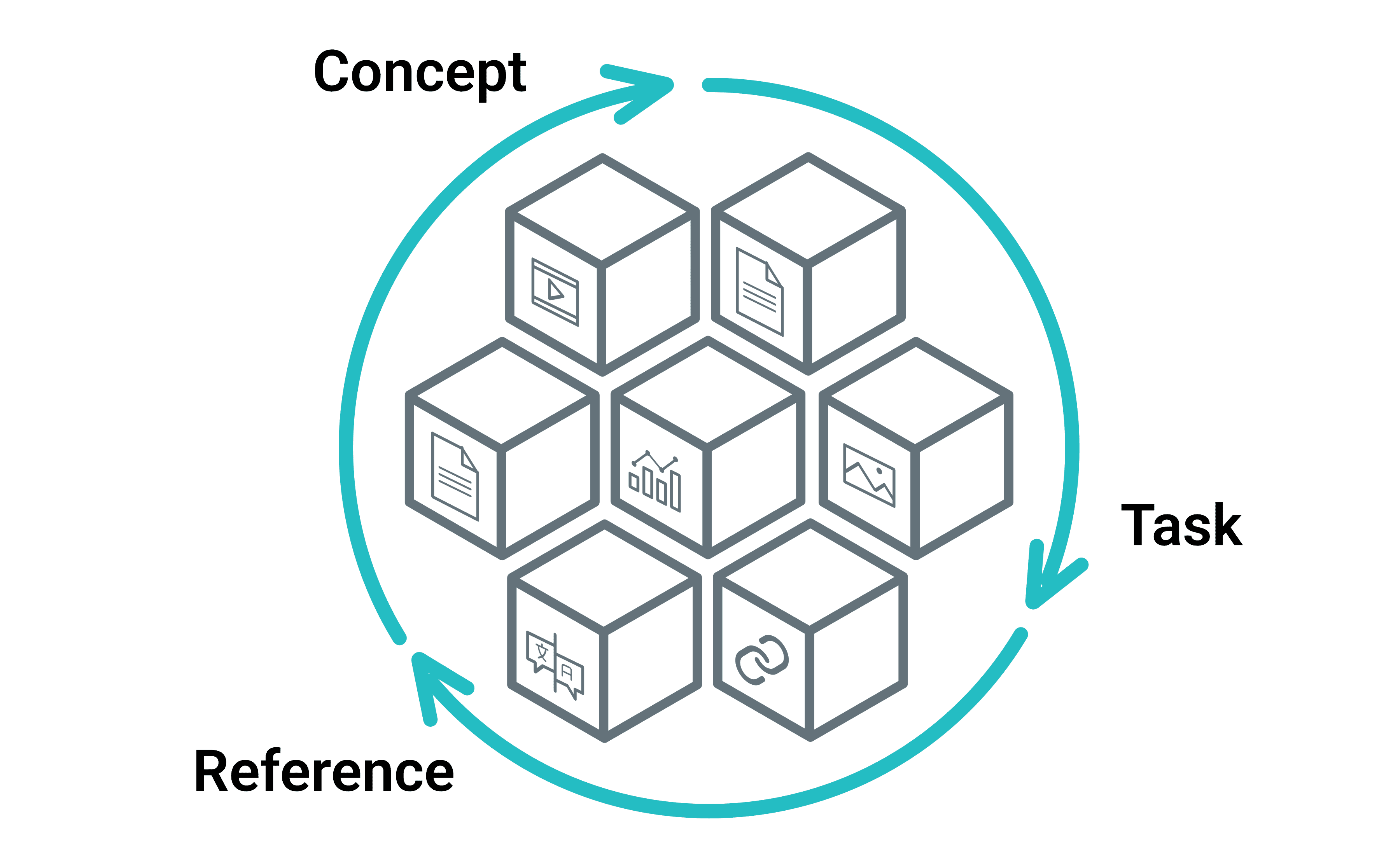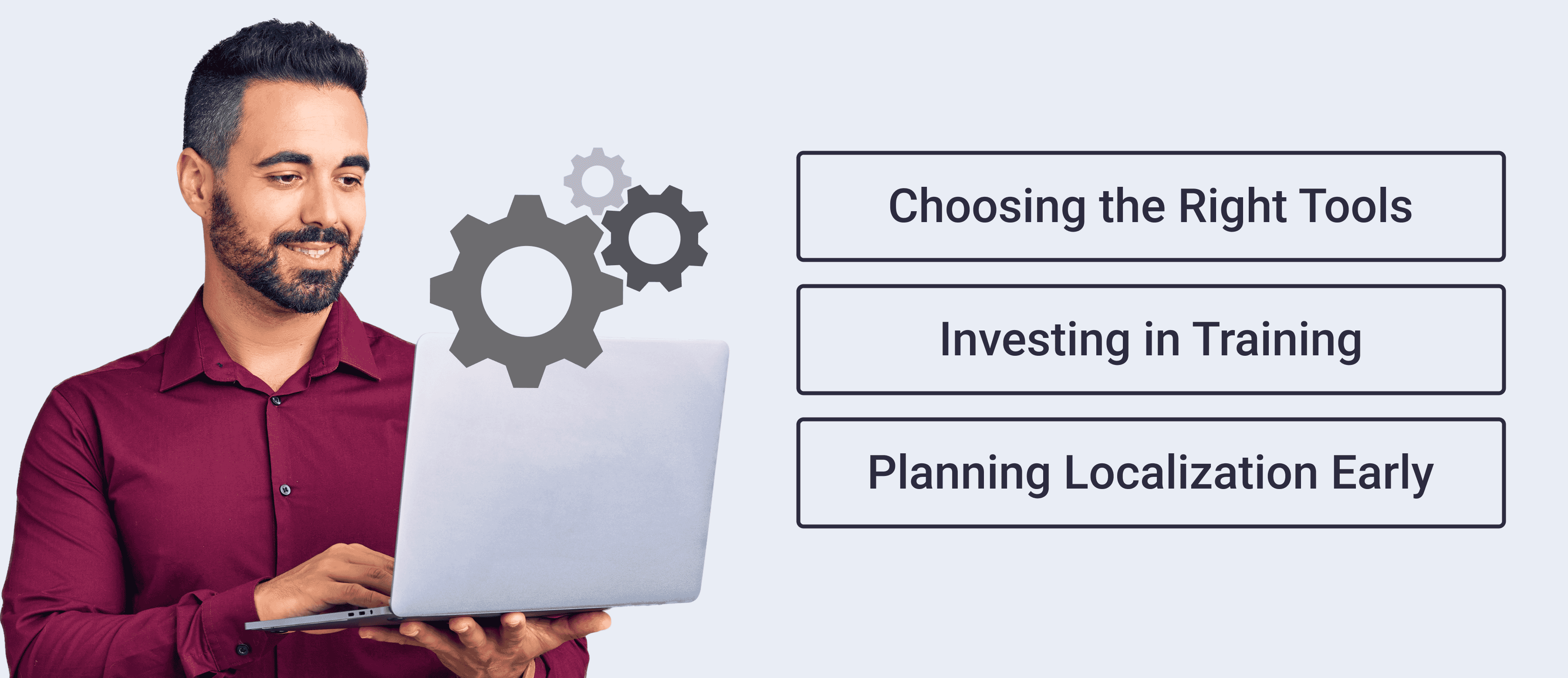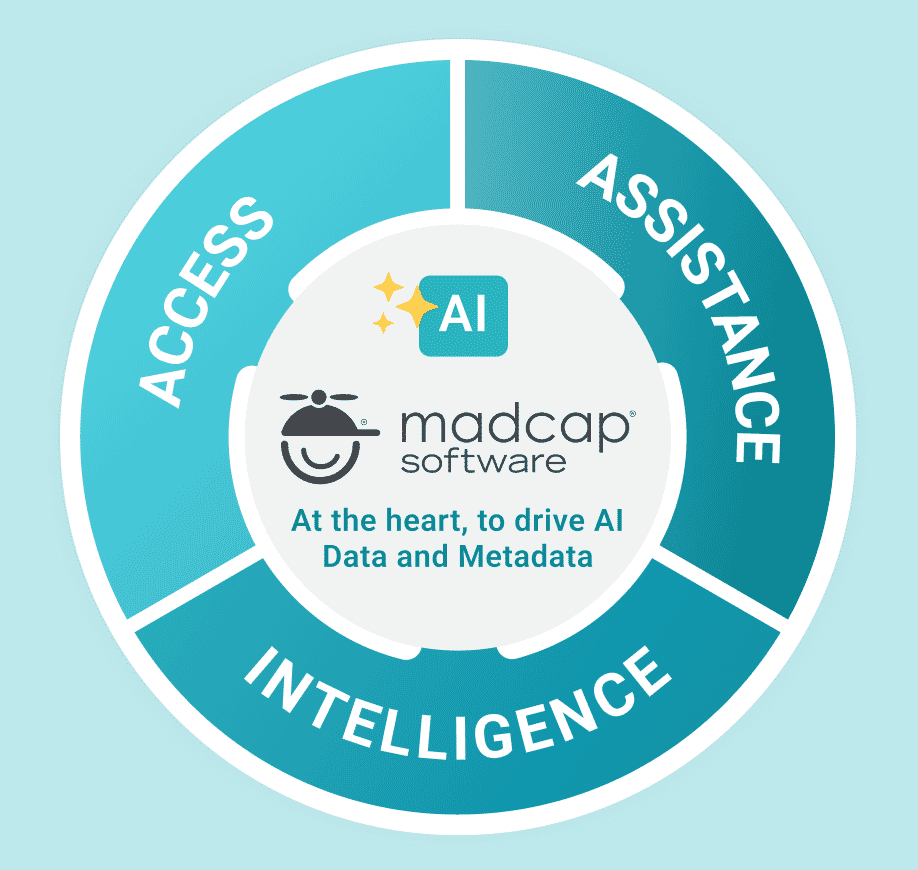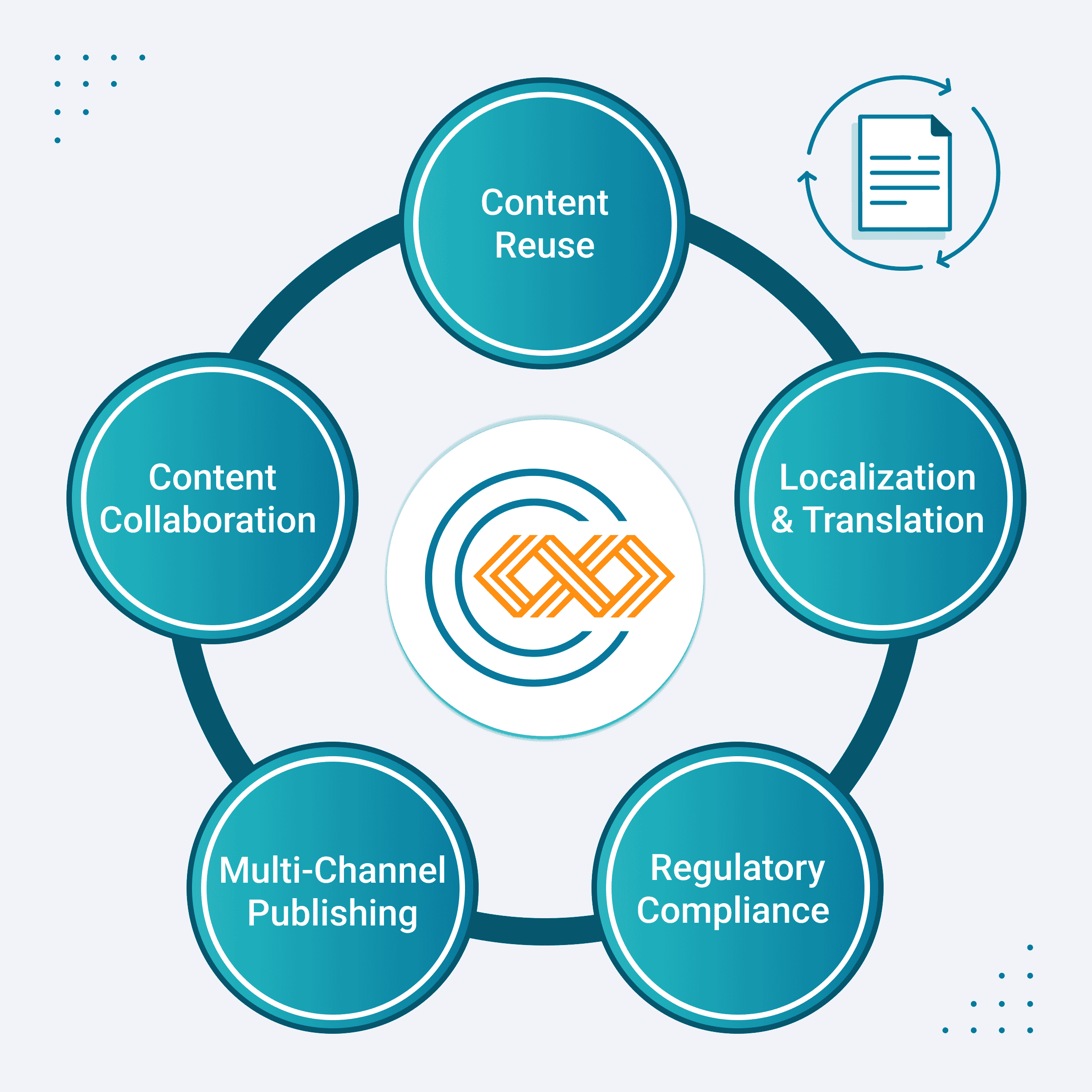When I stepped onto the stage at TCWorld 2024 in Stuttgart, I knew I was speaking to a room full of content professionals grappling with a question I’ve encountered time and time again. This time I wanted to talk about a subject I’ve written about in the past. When it comes to adopting DITA and structured authoring, building a strong business case is crucial. Organizations often face resistance to change, driven by perceived costs and uncertainties. To overcome these barriers, a structured approach like the Effective Value (EV) calculation can clearly demonstrate the tangible benefits of adopting DITA.
It’s not just about the technology—it’s about demonstrating its tangible value to teams, managers, and stakeholders who may be hesitant to embrace change. During my session, I shared practical strategies and real-world examples to answer this very question. Here’s a summary of what I presented, along with actionable insights you can use to build your own case for DITA.
What is Structured Authoring and DITA?
Structured Authoring
Structured Authoring is a methodology that breaks content into modular, reusable components while separating content from formatting. This ensures consistency, scalability, and efficiency in your workflows. As I explained during the presentation:
Structured authoring refers to the creation of modular, reusable content units that are separated from formatting. This approach ensures consistency, promotes content reuse, and supports scalability.
Key characteristics include:
- Topic-Based Authoring: Content is divided into discrete, meaningful chunks, such as concepts, tasks, and references.
- Separation of Content and Format: Writers focus on content creation while technology handles formatting.
- Standardization: Structure is enforced through rules or templates, reducing inconsistencies.
Read more about structured authoring
DITA (Darwin Information Typing Architecture)
DITA builds on the principles of structured authoring. Developed by IBM and adopted by OASIS in 2005, it’s an XML-based standard that provides a robust framework for content creation, management, and publishing.
Key features include:
- Modular Design: Content is reusable across deliverables.
- Topic Specialization: Enables customization for specific industries or use cases.
- Metadata Support: Facilitates filtering and personalization.
- Output Flexibility: Publish to multiple channels from a single source.
As I noted in the session
DITA is an XML-based standard specifically designed for structured authoring. It enables organizations to transform complex content ecosystems into streamlined workflows.

Building the Business Case for DITA
The Effective Value (EV) Formula
One of the most critical parts of my presentation was discussing how to quantify DITA’s value using the Effective Value (EV) framework. In researching easy ways to prove that working in structured content easily outmatches working in unstructured content, I came across an investment article.
I thought one of the points made about calculating the EV of investments would be an interesting method to help quickly show the value of implementing DITA.
EV is calculated as:
EV = Utility × Probability
Where:
- Utility (U) is the value a feature delivers to the organization.
- Probability (P) is the likelihood of achieving that utility.
Source: https://www.investopedia.com/terms/e/expected-value.asp
This formula provides an objective way to compare working in DITA with existing workflows. As I explained, “
The EV framework helps quantify the benefits of DITA, making it easier to communicate value to stakeholders.
Step-by-Step Guide to Calculating EV
1. Define the Key Metrics
Identify areas where DITA adds value. Common metrics include:
Content Reuse: Savings from repurposing content. Leveraging already existing content has been proven to be a quick and efficient way to handle boilerplate or reusable content. It will also save time when you then have to update the 52 copies of the documents when the company has, for example, a new manufacturing address.
Scalability: Managing global content. Are you able to easily handle multiple versions of your product? What about handling many more translations plus language variants like the different types of Spanish or Portuguese.
Compliance: Reducing risk and streamlining audits. Think how much it costs when you are forced to stop shipping your product. Fixing defects in the field can cost as much as 10 times over the cost of fixing it in R&D or the manufacturing line.
Efficiency: Accelerating authoring, review, and publishing.
2. Assign Utility Values
Estimate the monetary or operational value of each metric. The maximum value would be 1, so you have decimals and negative values where there is zero or it costs you in utility.
3. Apply Probabilities
Determine the likelihood of achieving the utility for each metric. The value is a percentage.
Nine useful things DITA can do for your content
Step-by-Step Example
In my demonstration, I took a fictitious company, and applied the formula to see it work. While the company is made up, the calculations are based on my real-world experiences.
Here’s how we applied EV to assess DITA’s value during the session:
Metric | Utility (U) | Probability (P) | EV (U × P) |
|---|---|---|---|
Journalism | $50,000 | 0.80 | $40,000 |
Scalability | $25,000 | 0.90 | $22,500 |
Compliance | $15,000 | 0.70 | $10,500 |
Total EV for DITA = $40,000 + $22,500 + $10,500 = $73,000
Now, compare this to your current process:
Metric | Utility (U) | Probability (P) | EV (U × P) |
|---|---|---|---|
Journalism | $10,000 | 0.40 | $4,000 |
Scalability | $5,000 | 0.50 | $2,500 |
Compliance | $8,000 | 0.30 | $2,400 |
Total EV for Current Workflow = $4,000 + $2,500 + $2,400 = $8,900
Value Gained by Switching to DITA = $73,000 - $8,900 = $64,100
This example seemed to resonate with attendees because it showed a clear, data-driven comparison, that can easily be replicated.

Benefits of Structured Authoring
DITA delivers measurable business benefits, which I emphasized using real-world examples:
1. Efficiency Gains
Benefit: Faster content creation and review cycles.
Example: A medical device company reduced publishing time by 30% by reusing content modules for technical manuals and regulatory submissions.
2. Cost Savings
Benefit: Reduction in redundant work and localization costs.
Example: A global manufacturer saved over $50,000 annually by reusing translated content across its product lines.
Read about localization savings.
3. Compliance
Benefit: Simplifies adherence to strict regulatory standards. This makes it easier to trace changes as well as the reasons for the change. Provides a full audit trail. Makes it easier to make changes with confidence.
Example: A financial services firm achieved faster approvals by using standardized templates for compliance documentation.
Simplifies adherence to regulations, speeding up approvals.
4. Scalability:
Benefit: Easily adapt content for global audiences and multichannel delivery.
Example: A software company expanded to 10 new markets with minimal effort by leveraging DITA's metadata filtering for language and region-specific content.
Addressing Common Challenges to Implementing Change
Training Costs
Challenge: Teams need time to adapt to DITA tools and workflows.
Solution: Emphasize long-term efficiency gains. For example, a $20,000 training investment can lead to $40,000 in annual productivity savings.
Localization Challenges
Challenge: Early translation workflows may encounter issues.
Solution: Use translation memories and plan for phased rollouts.
Resistance to Change
Challenge: Teams may be hesitant to adopt new systems.
Solution: Pilot projects can demonstrate real-world improvements, fostering buy-in.

Best Practices for Implementation
I always advocate for careful planning when transitioning to DITA. These best practices stood out during the discussion:
1. Choose the Right Tools:
- Standards Compatibility: Select tools that support DITA natively.
- Integration: Ensure the tools work with your existing systems, such as content management or localization platforms.
- Collaboration Features: Look for tools with robust version control and review capabilities.
- Vendor Support: Choose providers offering training and ongoing assistance.
2. Invest in Training:
- Comprehensive Onboarding: Train not just technical writers but also stakeholders like reviewers and translators.
- Role-Specific Training: Tailor sessions for different roles to ensure relevance.
- Hands-On Practice: Use real-world content for training exercises to make learning practical.
- Continuous Support: Provide resources like user guides and access to expert post-training.
3. Plan Localization Early:
- Translation Memories: Leverage existing translations to reduce costs and effort.
- Content Audit: Identify reusable content to streamline localization workflows.
- Phased Rollouts: Localize content incrementally to manage workloads and improve accuracy.
- Cultural Adaptation: Ensure content is culturally relevant and linguistically accurate for target markets.
Note that your initial localization or translation bill will be very similar to running a fresh translation of your content. Wait, what? Why should I pay for my translation again? Well, Translation Memories (TM) create segments of the content. Your unstructured content was more than likely segmented at the paragraph level, just to simplify the explanation. However, when you move to structured content, the segments are a lot smaller and are now interspersed with xml tags. This to the TM looks like a “fuzzy match”, i.e. it looks familiar, so I can only say with 80% certainty that it is the same as in my memory bank. The translator now must spend time accepting each fuzzy translation, which brings your costs back up.
But good news, the next time you send your content for an update in translation as there is new or changed content, well it should only cost you the unitary cost of the changed words, plus of course, the project management fees. You reduce the linguistic review time, as the reviewer can focus on just the short chunks of information marked as new as opposed to the full PDF document with the entire source content.
Actionable Insights
Tips for Piloting and Scaling DITA Initiatives
- Start Small - Pilot DITA with a single product or project. Measure key metrics like time savings and cost reduction.
- Engage Stakeholders Early - Involve key players from IT, localization, and regulatory teams to ensure alignment.
- Define Success Metrics - Track progress through measurable goals, such as reduced content redundancy or faster time-to-market.
- Plan for Gradual Implementation - Roll out DITA incrementally, prioritizing high-value content areas.
- Communicate Wins - Share pilot results to build momentum and secure buy-in for broader adoption.
Practical Advice for Success
- Focus on the User Experience - Ensure the tools and workflows are user-friendly to minimize resistance.
- Audit Content Thoroughly - Conduct a detailed content inventory before transitioning. Identify gaps and opportunities for reuse.
- Invest in Governance - Develop guidelines for metadata usage, template design, and content standards to maintain consistency.
- Monitor and Adjust - Continuously refine processes based on feedback and emerging needs.
Adopting DITA and structured authoring is a transformative journey for organizations. The Effective Value framework provides a clear, objective way to demonstrate the tangible benefits of transitioning from outdated workflows to scalable, efficient processes.
By addressing challenges like scalability, compliance, and localization, DITA empowers teams to create future-proof content ecosystems. With the right tools, training, and strategy, your organization can unlock new levels of productivity and cost savings.By using the EV framework, you can build a compelling case for DITA and demonstrate its value in clear, measurable terms.
If you’re ready to take the next step, consider piloting a DITA project. The benefits—scalability, efficiency, and compliance—are well worth the effort.











